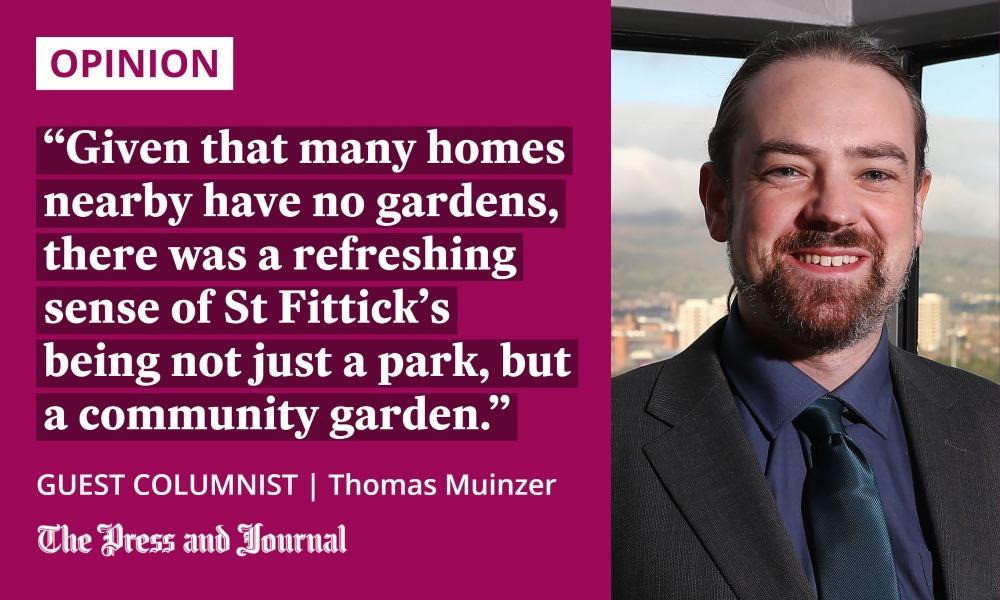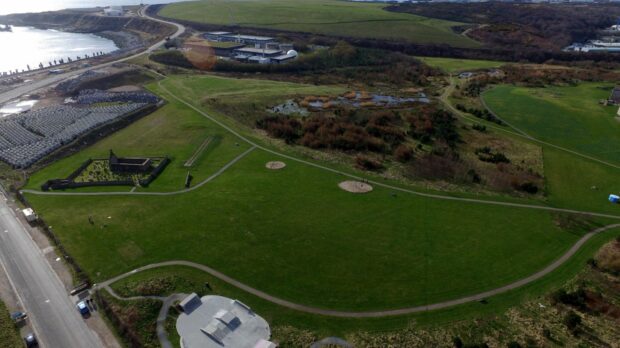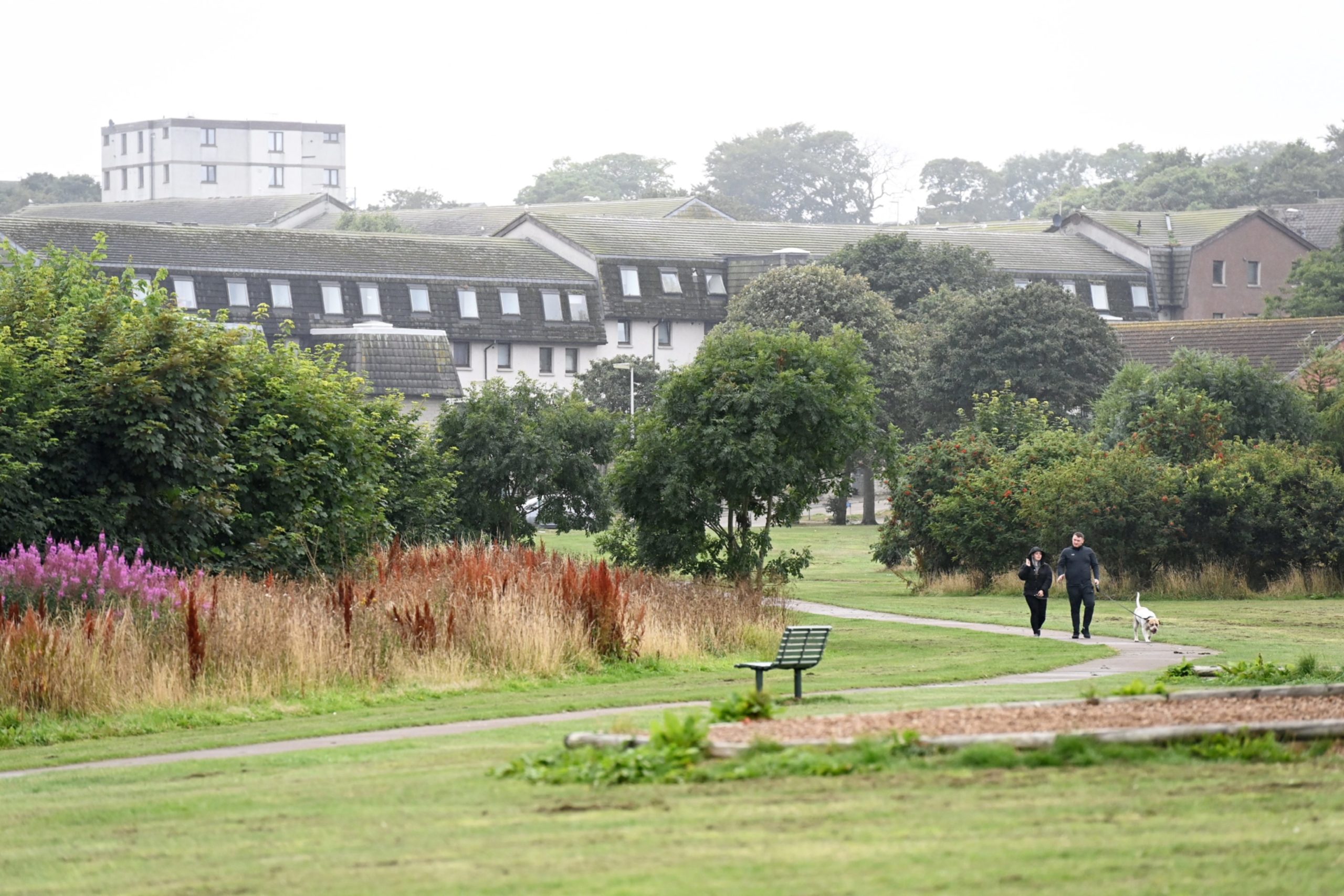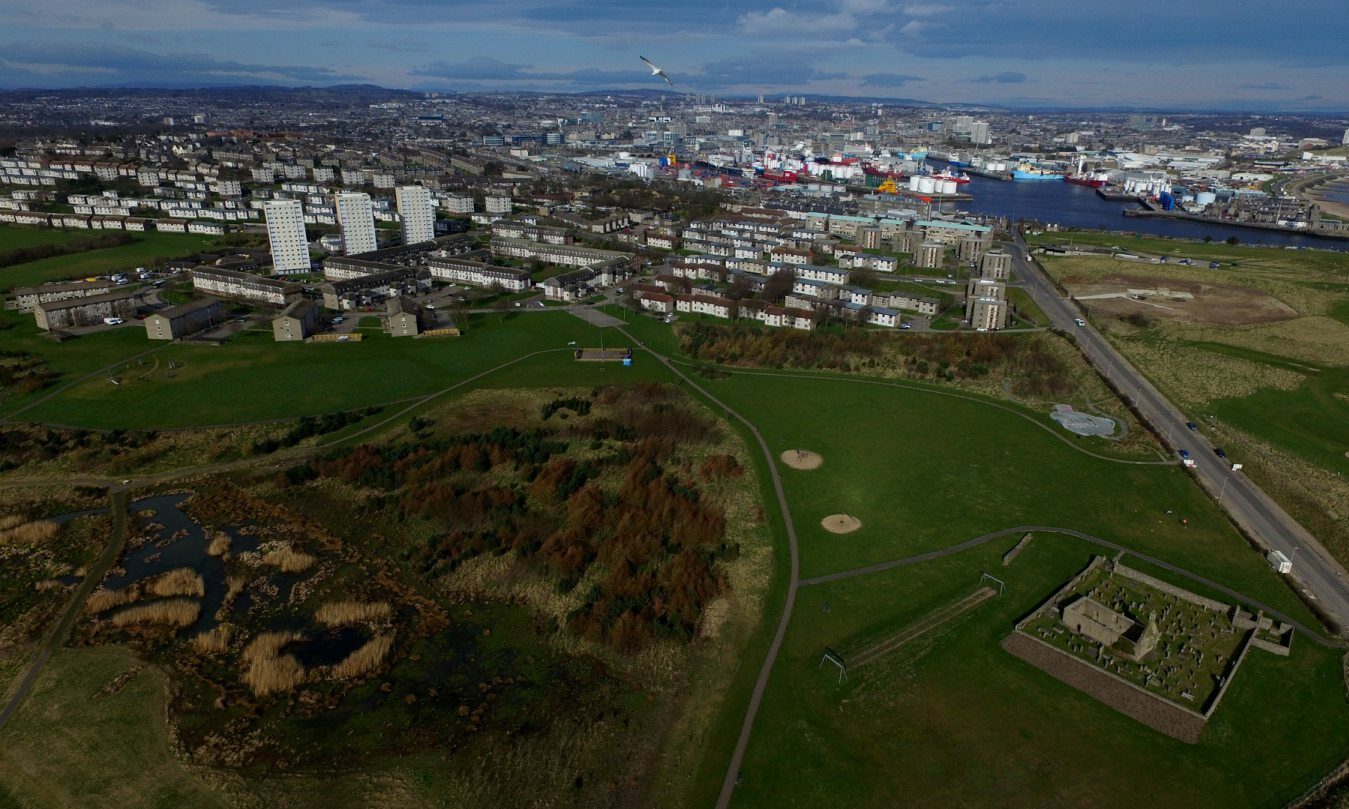Torry might be described using many words, but “dull” and “uninteresting” should not be two of them.
Given burgh of barony status by King James IV in 1495, Torry has a long and rich history that stretches back many centuries prior to 1891, when it became part of the city of Aberdeen.
The area has made important contributions to fishing, industry, commerce and culture, amongst other things, and continues to do so – proving, as is so often the case, that one does not need to wander into a wealthy area of a city in order to discover things that are truly valuable.

One of Torry’s many assets is St Fittick’s Park. Again, as with so much in life, to gauge the value of the park in purely monetary terms is to miss the point – although the land itself, which is not privately owned, is probably worth a pretty penny given its size and handy location between the local harbour and residential and commercial streets.
The park’s richer sense of value is rooted in the green space that it gives to residents. It offers contact with nature and clear air in an otherwise fairly enclosed urban area. And it provides somewhere pleasant to walk the dog, a space where kids can run around after the football, and so on.
A park at the heart of a fierce debate
St Fittick’s Park has recently become a focal point that is provoking passions and concerns within the local community and beyond it. Circumstance has plunged the park into the heart of major debates that lie thinly veiled beneath the surface of the UK’s “energy transition” – that is, the country’s effort to transition away from harmful fossil fuels towards cleaner forms of energy in order to lessen dangerous climate change.
Given Aberdeen’s position as the UK’s North Sea oil and gas hub, the city has found itself at the centre of the country’s energy transition efforts. One of Scotland’s flagship innovations is to build a sophisticated Aberdonian “Energy Transition Zone” (ETZ).
Millions of pounds are due to pour in from the public and private sectors to finance this ambitious project, which will help Aberdeen take its place as the UK’s leading energy transition city. The ETZ will be at the forefront of low carbon manufacturing, research, development, and green jobs upskilling.
So far, so good. However, the ETZ is due to be located in the vicinity of the new £350 million Aberdeen South Harbour, and will stretch over a broad area that includes parts of East Tullos and Altens. This is where St Fittick’s Park comes in.
Not just a park but a community garden
The relevant Local Development Plan and associated documents clarify that St Fittick’s has been marked for development, signalling an intention to sacrifice a vast sweep of this precious green space to the Energy Transition Zone.
The park we strolled around was brimming with life – full of birds, wildlife and people
Sections of the Torry community are aghast at the prospect of their park being lost in this way. I walked the full length of the site recently with locals on a crisp Aberdonian afternoon. Even an Irishman like me, who has arrived in the city only recently, can clearly see why they are upset.
The park we strolled around was brimming with life – full of birds, wildlife and people. Kids were playing at a skate park and on the grass. Folks were out walking their dogs, wandering and chatting. Parents were breathing in the fresh air with their children.
Indeed, given that many homes nearby have no gardens, there was a refreshing sense of the landscape being not just a park, but a community garden.
How can the ETZ be considered fair if it obliterates precious green space?
In our working lives, energy lawyers like me spend a lot of time working on the “just energy transition”. This means we try to sketch out what a just or fair transition is, and what it should look like in official law and policy.
The just energy transition tries to put justice and fairness at the heart of our move away from fossil fuels towards cleaner forms of energy.
Torry’s concerned local community bring these “fairness” issues into perspective. They make them very real and specific.
For my part, I cannot see how an exciting and laudable Energy Transition Zone can be considered truly fair if it proceeds to devastate a cherished local green space.
The ETZ is a wonderful opportunity for the city, but it must preserve St Fittick’s Park if it is to be part of a genuinely just transition.
Dr Thomas L Muinzer is co-director at Aberdeen University Centre for Energy Law, writing here in a personal capacity


